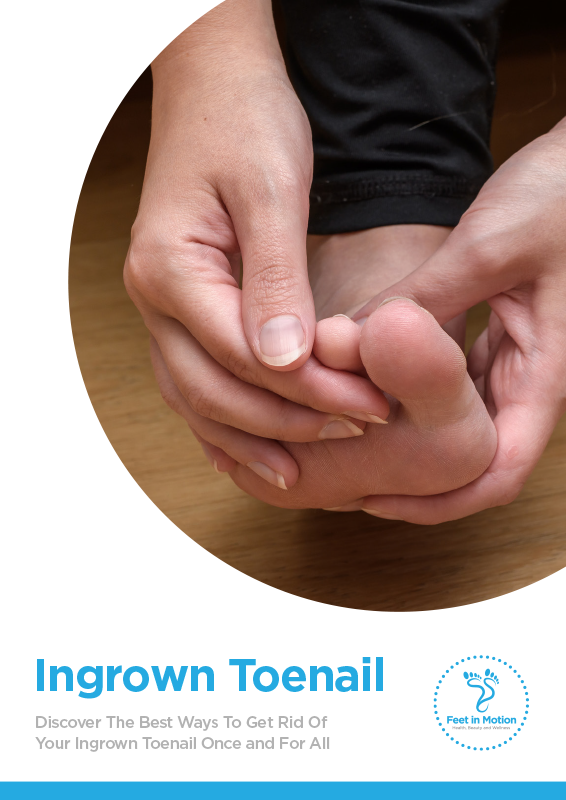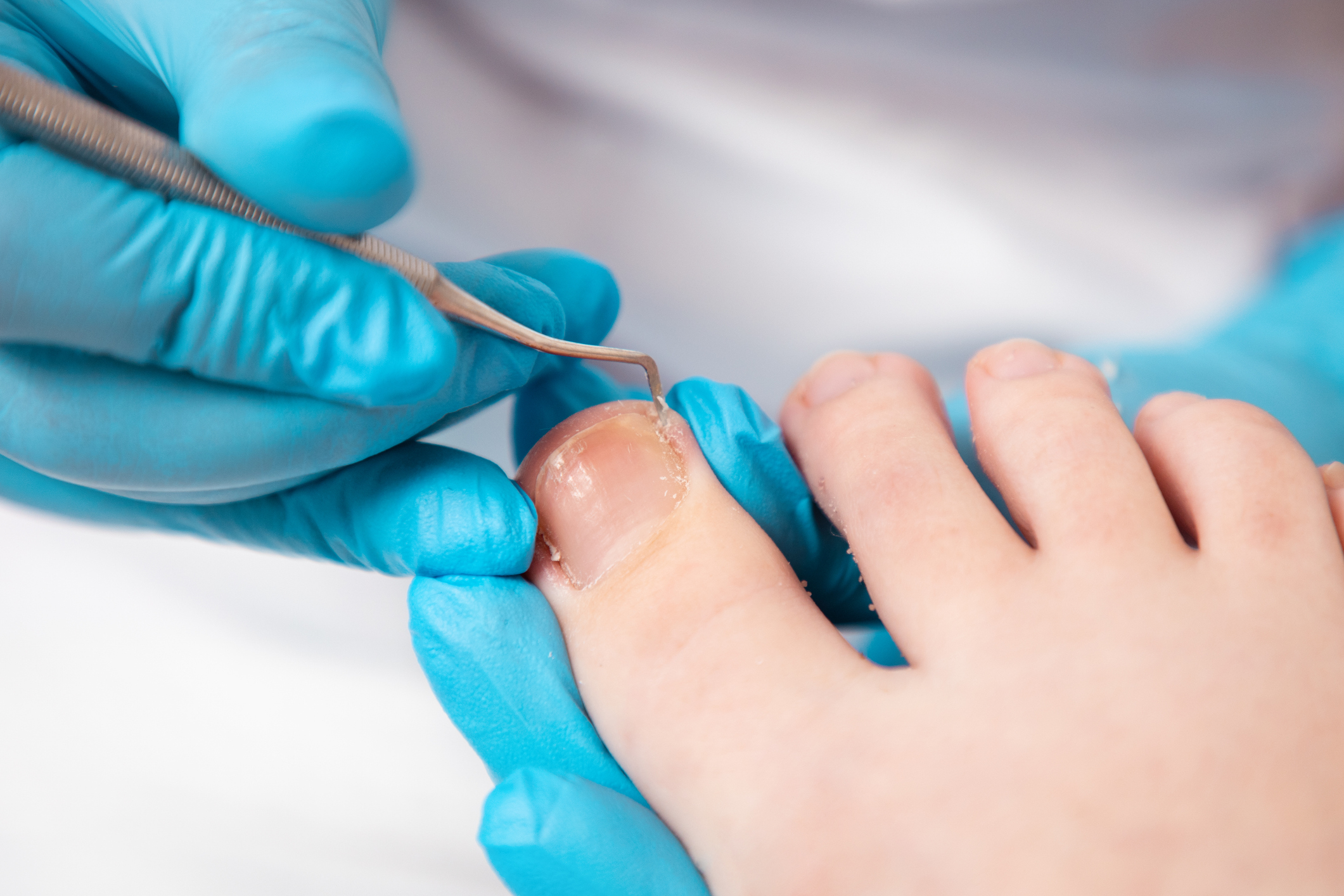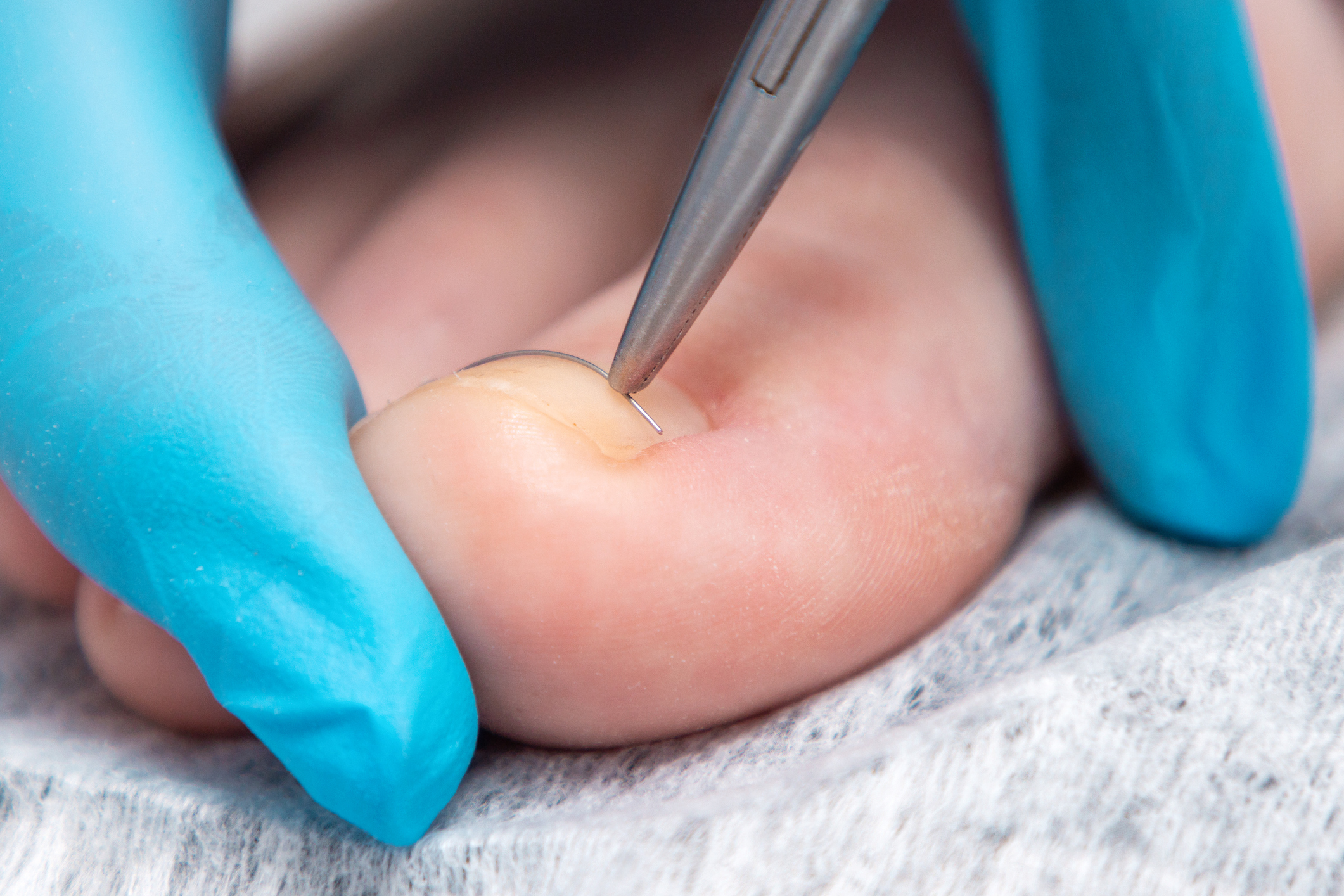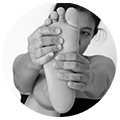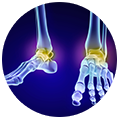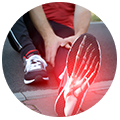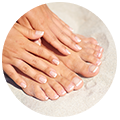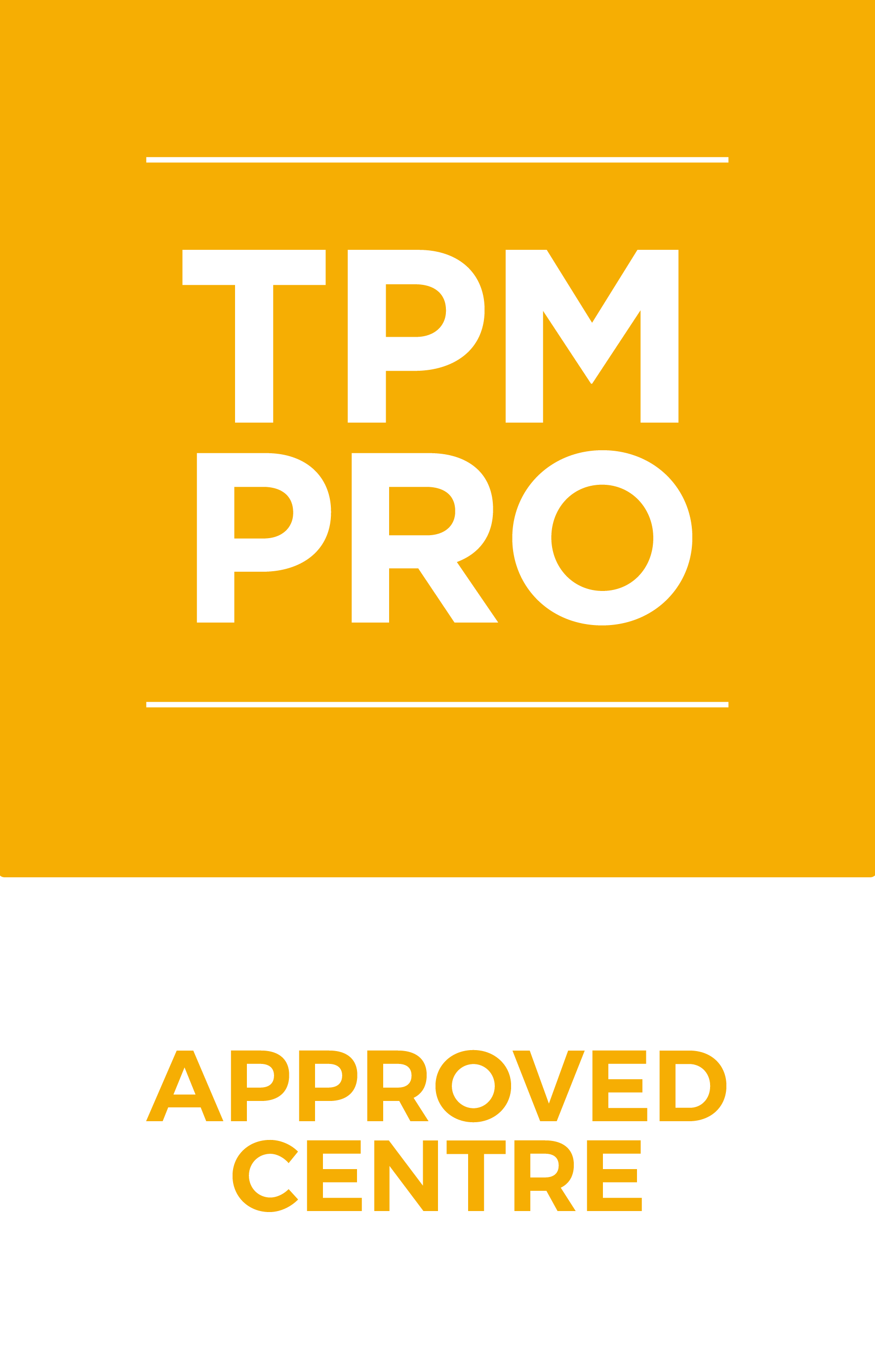At Feet in Motion, we truly empathize with the discomfort that ingrown toenails can bring, and we're here to help you overcome it!
So, what exactly is an ingrown toenail? It's a painful condition that arises when the edge of the toenail grows into the surrounding skin, often leading to significant discomfort. While it most commonly affects the big toe, it can occur on any toe. Symptoms typically include pain, redness, and swelling, which can really impact your daily activities.
A major culprit behind this issue is improper nail trimming. When nails are cut too short or the edges are rounded, they can start to grow into the skin instead of outward, setting the stage for an ingrown toenail to develop. Other factors like toe injuries—whether from stubbing your toe or dropping something heavy—can also contribute to the problem. In some cases, the shape of your nails might be inherited, making some individuals more prone to ingrown toenails or the amount of foot pronation when you walk.
Effective Treatment Options for Ingrown Toenails
Finding the right treatment for ingrown toenails is essential, and it's best handled by a qualified Foot Health Practitioner who can navigate your unique situation with care. Treatment options will depend on the severity of the ingrown toenail, ranging from conservative methods to surgical intervention.
For mild to moderate cases (stages 1 and 2), conservative treatment options are typically very effective. In contrast, more severe cases (stage 3) might require surgical intervention. It's also worth noting that individual factors like allergies or a significant medical history may influence the best course of action for you.
At Feet in Motion, our skilled Foot Health Practitioners are committed to providing you with personalized care tailored to your needs. There are several proactive measures available to treat ingrown toenails effectively, especially for those in stages 1 or 2.
1. Nail Resection at our Foot Health Clinic: For more hands-on relief, our practitioners can gently remove the problematic portion of the nail, often with local anesthesia. This is usually the first step in treating mild to moderate ingrown toenails.
2. Nail Bracing: Nail bracing is a fantastic treatment for painful, ingrown, or involuted nails that steers clear of surgery! This needle-free, anesthetic-free option allows you to quickly get back to your normal activities without any downtime. Much like orthodontic braces for teeth, nail bracing gently restores your nail’s natural shape, helping to prevent future ingrown nails and discomfort. It’s an innovative and straightforward solution that prioritizes your well-being and comfort.
3. Education on Nail Care: Learning how to trim your nails correctly is vital. We’ll teach you to avoid cutting in a curve or leaving sharp edges that might lead to ingrown toenails.
4. Biomechanical analysis and Footwear Guidance: Choosing the right footwear can make a world of difference! Ensuring there's enough room in the toe box helps prevent nails from digging into your skin. Assessing the foot function in a walking cycle may highlight a biomechanical contribution to you experiencing ingrown nails.
For more severe cases (stage 3), surgical options are available and are performed under local anesthesia to ensure your comfort.
At Feet in Motion, we’re dedicated to bringing you the highest level of care and support. Let’s work together to get you back on your feet and feeling your best!



